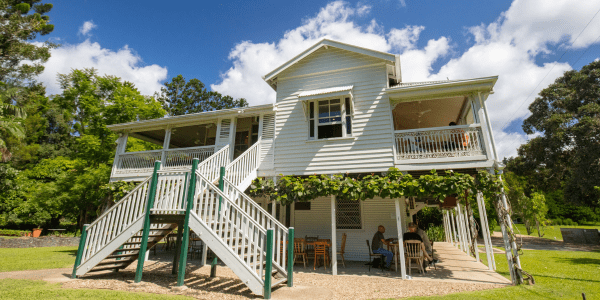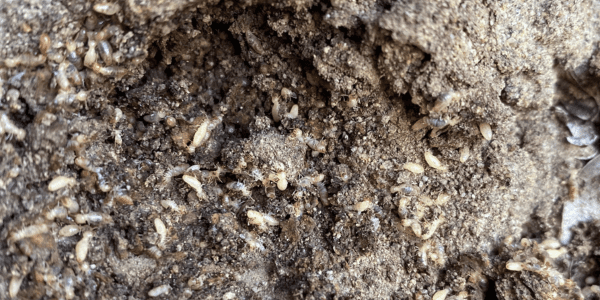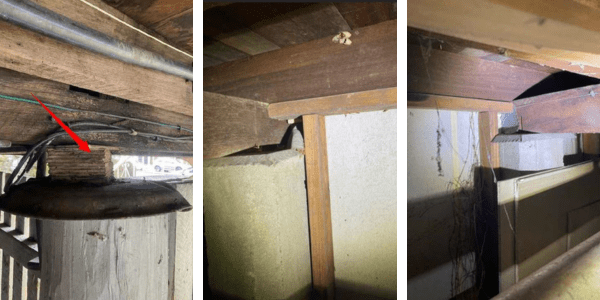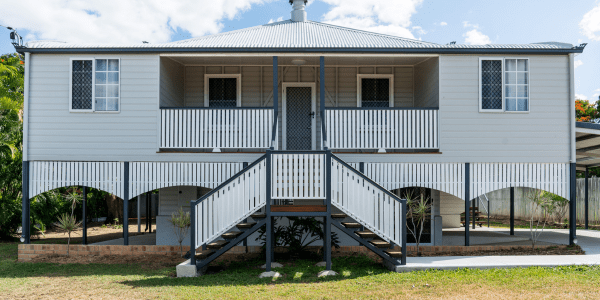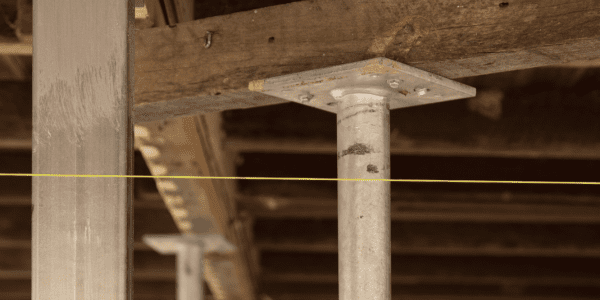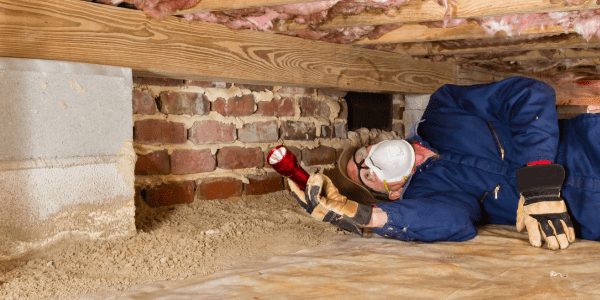Ant Capping
Everything you need to know about ant capping
Termite capping (a.k.a ant capping) is a reliable way of detecting termite activity early. Here's what you need to know about termites and ant capping.
About termites
To understand termite caps, you must first understand termites.
Termites are pests that eat wood – if they get into your home, they will destroy wooden support beams, furniture and more.
Termites thrive in hot, moist environments.
As termites travel, they create tunnels out of their droppings called “mudding” which protects them and traps heat and moisture. This leaves brown mud-like stains in your home that resemble trails.
While termites can eat through wooden house stumps, they can also travel through cracks in concrete stumps and enter your home as well.
For more info, we have a comprehensive blog on termites that goes into detail about termites.
What is ant capping?
Ant capping is when metal sheets are placed in between the stumps of your home and the lower framing timber.
“Ant caps” refer to the metal plates that are used in this process.
Contrary to popular belief, ant caps do not block termites from entering your home. Instead, they block termites from being able to travel into your home through the stump, unseen.
This forces the termites to go around the ant cap, exposing their mudding to the naked eye. As such, it is not a matter of installing the caps and forgetting - they also need to be inspected regularly.
What happens if I don't have termite capping?
Without termite caps, termites will travel through cracks or burrow through stumps from the inside, without ever being visible.
You might get a termite infestation and not even know it until the damage is too late.
Common ant capping defects
Damage
The condition of your ant (termite) caps matters greatly in terms of their overall effectiveness. As they are metal, they can rust over time and holes can be created.
A damaged cap can present gaps that termites can get through without being detected. Alternatively, the caps can become loose over time as your house moves and become dislodged from its position.
If you are concerned about the condition of your termite caps, book an inspection soon.
Building over ant caps
Installing timber fixtures over your ant caps allows termites to circumvent the cap and travel through the wooden fixtures without being detected.
If you have an ant / termite cap, ensure they are unobstructed and there is no wooden fixture that allows termites a path to burrow inside your home unseen.
The ant capping process
Ant capping involves lifting the floor of the house up, generally using a jack, and fitting in the ant cap.
If there are old, damaged caps these are replaced with new ones.
The galvanised caps themselves are not expensive, however you’ll want to hire an expert for installation to know that the process was done properly, lest a termite infestation goes undetected.
Do I need to have termite caps?
All homes in Queensland must have a termite management system, as per the Building Code of Australia.
There are many different types of termite management systems including physical and chemical barriers, however termite capping is one of the more common types.
Termite caps offer peace of mind, so you know that you will be able to see a termite infestation as soon as it occurs and contact a qualified pest inspector.
What if termites are discovered?
If ant capping works as it should, a termite infestation should be discoverable by checking the area around the metal cap. This can be done yourself or through a professional termite inspection, but if termites are found your next stop should be treatment.
Chemical treatments such as spot treatments, chemical barriers and bait stations are generally the best treatment options.
Contact us today
At Dedant, we provide quality annual timber pest inspections, termite treatment and termite management soultions. Our termite technicians are highly experienced at detecting evidence of termite activity and termite damage.
We have been servicing Brisbane, Redland Bay, Moreton Bay, Gold Coast, the Scenic Rim, Sunshine Coast, Ipswich and Logan since 2009.
Contact us on 07 3807 0122 or via our website.

